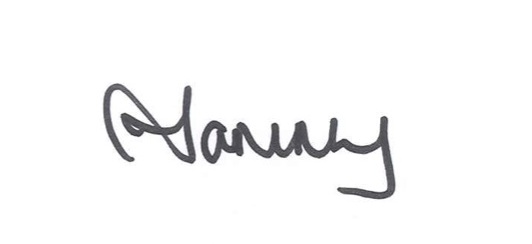
As leaders, we are often involved with introducing change from its very inception. We know what we are trying to achieve. We know why. And we know how the change will help solve the problem. Hopefully, we are focussed on the end goal. Even if things get fuzzy in the middle bit, we know, broadly, what we are trying to achieve.
The problem with this is when we know what is meant to be there, or even what we want to the there, we stop seeing what is actually there.
It’s a bit like when you write an essay. After a while you become so familiar with the content, you don’t see the mistakes because your eyes see what they believe is there, rather than what is there.
What does this have to do with change in organisations?
Sometimes, we can be focussed on the end result – that we forget that for those that are not intimately involved in the process, that they may not see what we think they are seeing. They don’t necessarily see the end result or get the “why”.
The Sunday Runners
I love this little ditty attributed to William Bridges:
The front runners take off like rabbits, then the second rank (who are nowhere near as fast) get underway. By the time the leaders are well out on the course, the Sunday runners in the rear, who were too far back to even hear the starting gun (and who only hope to be able to finish the race) are beginning to stir.
A rumour comes back through the crowd: the race has started.The Sunday runners move their feet a little to loosen up, but they can’t get moving yet. They shuffle a little, then begin taking smaller steps.
About the time the Sunday runners have sped up to a slow jog, some of the front runners are nearing the finish line and thinking, “Well, this is about over. Good race. What’ll I do next week?”
So it is with the company executives. They went through their transitions long ago when they started grappling with the problems. They forget that their followers are still struggling.
KEY TAKEAWAYS
- If you’re working through a change, it’s a good idea to check in with someone who isn’t as closely involved.
- Are they seeing what you see?
- Is there information around the what/why/how (will it affect me) that is missing?
- Using the analogy of the Sunday Runners – have you left people behind?
WANT MORE?
As always, if you’d like to get in touch – you can click here.
If you’d like to read any of the 250+ blog posts on this site, you can click here. These blogs talk specifically about change.
If you’d like to buy one of my books, you can click here.
And if you’d like to sign up to permission to dream programme, you can click here.
See you tomorrow (yes a month of posting daily!)


